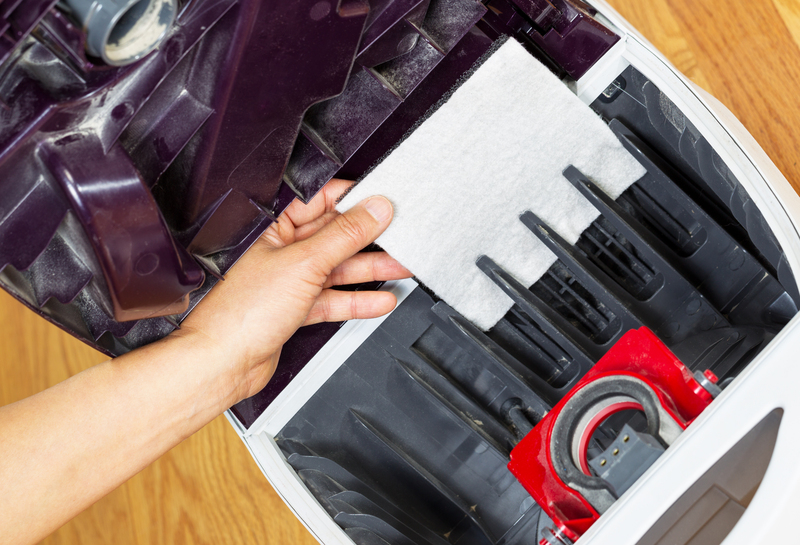Lighting candles can create a relaxed atmosphere and add ambiance to any room, but accidental spills are a common problem that can leave an unsightly mess. Knowing how to properly handle candle wax spills can save your surfaces and your sanity. This article will cover various methods for dealing with candle wax spills, the pros and cons of each method, useful tips, key takeaways, and a conclusive guide to ensure you're well-prepared for any waxy mishap.
Understanding Candle Wax Types
Before diving into the cleanup methods, it's important to understand the types of candle wax:
1. Paraffin Wax - The most common type of candle wax. It's derived from petroleum and is easy to clean.
2. Soy Wax - A natural alternative that usually requires a slightly different cleaning approach.
3. Beeswax - A natural wax that can be more challenging to clean due to its stickiness and higher price point.
4. Gel Wax - Made from mineral oil and polymer resin, usually found in transparent or decorative candles.

How to Remove Candle Wax from Hard Surfaces
Freezing Wax
One effective method for removing candle wax from hard surfaces like wood, tiles, or countertops:
1. Allow the wax to cool and harden.
2. Place an ice pack or a bag of ice cubes over the wax for a few minutes.
3. Use a credit card or plastic scraper to gently lift the wax off the surface.
4. Wipe the area with a warm, soapy cloth to remove any residue.
Heating Wax
Another method involves applying heat to melt the wax:
1. Place a paper towel or brown paper bag over the wax spill.
2. Use a hairdryer on a low setting to gently melt the wax.
3. As the wax melts, it will be absorbed by the towel or paper.
4. Clean any remaining residue with a damp cloth and mild detergent.
How to Remove Candle Wax from Fabric
Freezing Wax
For candle wax spills on fabric:
1. Place the fabric in the freezer for about an hour.
2. Once the wax is frozen, break it off with your hands or use a spoon.
3. Lay the fabric flat and place a paper towel or cloth over the stained area.
4. Use a warm iron to melt any remaining wax, which will be absorbed by the towel.
5. Wash the fabric as per its care instructions.
Using Solvents
Another method for removing wax from fabric:
1. Apply rubbing alcohol or a specific fabric cleaner to a cloth.
2. Dab the stained area gently to break down the wax.
3. Use a paper towel or absorbent cloth to blot the stain until it lifts.
4. Wash the fabric as recommended.
Pros and Cons of Candle Wax Removal Methods
Freezing Method
Pros:
1. Easy and requires no special tools.
2. Effective on both hard surfaces and fabrics.
3. Minimizes risk of spreading the wax further.
Cons:
1. Can be time-consuming, especially for large spills.
2. May not remove all the wax in one go.
Heating Method
Pros:
1. Quick and efficient.
2. Effective for hard surfaces.
3. Often removes all wax in one attempt.
Cons:
1. Requires careful handling to avoid damage from heat.
2. Can leave residue if not done properly.
Using Solvents
Pros:
1. Good for stubborn stains.
2. Effective for fabrics.
3. Can break down wax quickly.
Cons:
1. Requires appropriate cleaning solvents.
2. Potentially harmful chemicals.
Tips for Handling Candle Wax Spills
1. Act Quickly: The sooner you address the spill, the easier it will be to clean.
2. Test First: Always test a small, inconspicuous area before applying any solvent or cleaning method.
3. Be Gentle: Avoid using sharp objects that could damage surfaces.
4. Regular Maintenance: Frequently clean candle holders and the area around candles to reduce wax buildup.
5. Prevention: Use dripless candles or candle holders with wide bases.

Key Takeaways
1. Understanding the type of wax can help you choose the best removal method.
2. The freezing method is versatile and low-risk but can be time-consuming.
3. The heating method is efficient but needs careful handling to avoid damage.
4. Using solvents can quickly remove stains but requires caution due to chemicals.
5. Prevention and regular maintenance go a long way in reducing the frequency and severity of spills.
Conclusion
Handling candle wax spills doesn't have to be a daunting task. By understanding the type of wax and employing effective removal methods, you can keep your surfaces clean and damage-free. Whether you choose to freeze, heat, or use solvents, remember to be gentle and act quickly. With these techniques and tips, candle wax spills will no longer be a cause for concern.
If you have any additional questions or tips on handling candle wax spills, feel free to share them below! Happy cleaning!



